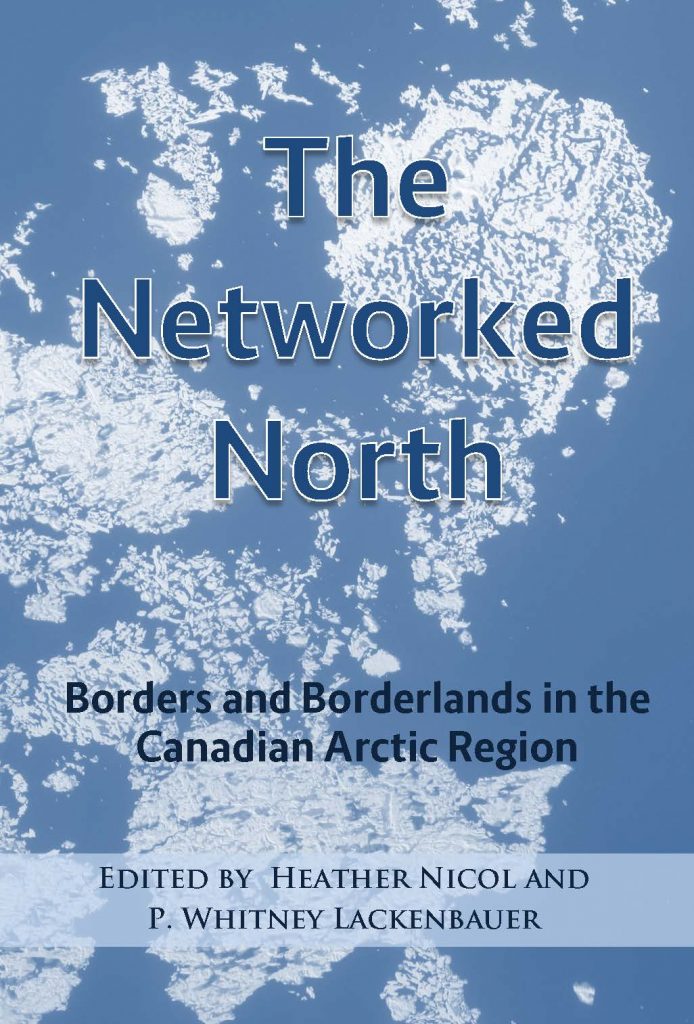Edited by Heather Nicol and P. Whitney Lackenbauer
The Networked North identifies and addresses key lenses for understanding cross-border cooperation in the North American Arctic under conditions of globalization, climate change and changing international relations. Each chapter focuses upon a particular theme influencing cross border relationships, such as historical legacies, cultural relationships, cross-border flows of people and goods, security arrangements, governance practices and sustainability challenges. Twelve short chapters systematically define the ways in which Arctic and sub-Arctic borderlands are uniquely situated within processes of climate change, devolution, globalization, resurgent indigeneity, and neo-realist geopolitical processes. All authors acknowledge how the North has been reterritorialized by each of these processes in ways that encourage the networked nature of sovereignty and territoriality.
ISBN: 978-0-9684896-5-9 (pdf)
Heather Nicol and P. Whitney Lackenbauer, eds. The Networked North: Borders and Borderlands in the Canadian Arctic Region. Edited book with Heather Nicol. Waterloo: Borders in Globalization/Centre on Foreign Policy and Federalism. vi, 198 pp.


